Art as an Endless Game of Boundaries & Freedom
written by art historian & curator
Humanity celebrates art as a profound medium, delving into beauty, emotion, and intellect. Yet, beneath its polished surface, art has a surprising kinship with games. Art and games hinge on intricate systems of rules, boundaries, and objectives to convey meaning and invite engagement. In games, mechanics—defined rules and structures—guide players toward goals within a controlled environment. Similarly, art operates within frameworks of tradition, societal expectation, and personal intent, setting its own rules that shape how it’s created, viewed, and interpreted.
Videos you may enjoy as well:
But while games encourage players to follow these mechanics to reach a ”win”, art often moves in the opposite direction. Artists frequently break the rules, using their frameworks not as restrictions but as challenges, subverting norms to provoke fresh insights and invite viewers into spaces of imaginative exploration. Both art and games ask participants to suspend assumptions, test boundaries, and engage in a deeper play with meaning. So, what does it mean to see art as a game? When does art push the boundaries to remain profound rather than trivial? How can these “mechanics of play” create a participatory relationship between the artist and the audience? By exploring the rules and the art of breaking them, we uncover art’s unique power to transform limitations into discovery pathways.
The Frameworks of Tradition and Expectation
Play is central to the creative process, inviting artists to explore new ideas, take risks, and make discoveries without fearing failure. This spirit of exploration mirrors the game experience, where players advance by trial and error, learning through experimentation. Artists often approach their work with a similar mindset, treating their materials, concepts, and forms as flexible elements within a creative playground. Like any game, art establishes its own boundaries and rules that give it structure and form. These “rules” can be rooted in technical skills—such as perspective, composition, and color theory—as well as in broader traditions and societal expectations. For centuries, the mastery of realistic representation was a foundational rule in Western art, with artists expected to portray the world as accurately as possible. Painters like Leonardo da Vinci and Michelangelo adhered to strict guidelines of proportion, balance, and depth, creating a standard of beauty and technical precision that persisted well into the modern era.
However, as new artistic movements emerged, these traditional rules began to be questioned. The 19th-century Impressionists, for instance, challenged the rule of detailed realism by focusing instead on capturing light, color, and atmosphere. Artists like Claude Monet and Edgar Degas used quick brushstrokes and bright, contrasting colors to convey fleeting moments, emphasizing perception over precision. Although Impressionism was initially criticized for its departure from traditional forms, it quickly became celebrated as a radical new way of seeing. This shift exemplifies how art uses rules as a starting point, with each new movement breaking away from the structures that came before.
While some rules in art are necessary for establishing coherence and clarity, art becomes truly transformative when it questions these rules. In fact, the deliberate act of rule-breaking has become a hallmark of many major art movements, from Cubism to Surrealism to Dadaism. These movements used rule-breaking as a form of resistance—not only against artistic conventions but also against societal norms and expectations. Take Cubism, for example. Artists like Pablo Picasso and Georges Braque revolutionized painting by breaking the established rule of perspective. In traditional art, perspective is a guiding rule that helps create a sense of depth and realism. Cubism, however, dismantled this rule by presenting multiple perspectives within a single composition, suggesting that reality is far more complex and layered than a single viewpoint can capture. This fragmentation of perspective invited viewers to engage with the artwork in a more active, interpretive way, piecing together the different angles to form a whole. In breaking the rule of perspective, Cubism redefined the viewer’s role from passive observer to active participant, illustrating how art’s mechanics can transform the audience’s experience.
Dadaism, born amid the chaos of World War I, is perhaps art’s boldest game of rule-breaking. Dadaists rejected not only artistic conventions but the entire notion that art should have meaning, coherence, or even beauty. This movement treated art as a kind of anti-game, where the usual rules—skill, intent, and value—were deliberately subverted to create absurd, provocative works. Marcel Duchamp’s Fountain, a urinal presented as art, questioned the fundamental “rules” of what art could be, asking whether an object’s status depended on its form or simply on an artist’s choice. By transforming randomness and absurdity into artistic tools, Dadaists made art a game without predictable outcomes, where viewers had to confront their own expectations. This “game” forced audiences to question established norms, revealing the arbitrary nature of cultural rules. In breaking boundaries without creating new ones, Dada left art open-ended, encouraging a form of creative play that relies on viewers’ own interpretations and assumptions.
Surrealism transformed art into a game of the mind, where reality and the unconscious merged in unexpected ways. Drawing on Freudian ideas, Surrealists like Salvador Dalí and René Magritte sought to unlock hidden desires and explore the irrational, treating art as a game where conventional logic didn’t apply. In The Persistence of Memory, Dalí’s melting clocks defy the usual “rule” of time, inviting viewers into a world governed by dreams rather than physical laws. Surrealism’s mechanics rely on jarring juxtapositions and surreal imagery that challenge viewers to find meaning beyond the obvious. This movement turned art into a mental puzzle, where logic was playfully subverted to reveal deeper truths. By creating a “game” of perception, Surrealism engaged viewers in the active process of making sense of the senseless, encouraging a participatory experience that blurred the lines between imagination and reality.
The Audience as Player
The act of rule-breaking turns art into an interactive game, inviting the audience to play by interpreting, questioning, and even influencing the work itself. For instance, in Yoko Ono’s Cut Piece, she invited participants to cut away pieces of her clothing, relinquishing control and allowing the audience to shape the outcome. Here, viewers aren’t just passive observers; they become active participants, and co-creators in a real-time, unpredictable performance. This form of engagement also appears in installations like Yayoi Kusama’s Infinity Mirror Rooms, where viewers enter an immersive environment of mirrored reflections and colored lights, their movements altering their perception of the space. Such works create a participatory experience where the viewer’s actions influence the piece, making art feel dynamic, immediate, and personal. In this sense, art breaks traditional boundaries by transforming the viewer into a player, one whose decisions or interpretations shape the meaning of the work.
When art invites the audience to engage directly, it transcends static representation and becomes a site for exploration, questioning, and discovery. Rule-breaking not only redefines what art can be but also democratizes the creative process, shifting some control from artist to viewer. The impact is profound: audiences are encouraged to actively participate in shaping meaning, creating a personal connection with the work. Art becomes not a fixed object but an evolving experience—a game where the boundaries of interpretation and engagement are fluid, making the encounter between artist and viewer a space of shared imagination and exploration.
Can art become trivial by constantly breaking the rules of the games? One might consider an artistic triviality when rule-breaking lacks depth, losing its power to challenge or engage. This could happen when artists disrupt conventions without a clear purpose, leaving audiences with nothing to grasp or interpret. When rebellion in art becomes an end rather than a means, it risks appearing superficial—more like a gimmick than a genuine exploration of ideas. For instance, an artwork that merely shocks for attention or abandons form without meaning may feel empty, reducing rule-breaking to a performative act. Additionally, when rule-breaking itself becomes predictable—repeating “nonconformity” in formulaic ways—it no longer invites reflection or surprise. Instead of expanding thought or creating a meaningful connection, such art can seem like it’s simply playing with norms without offering insight. Rule-breaking, therefore, becomes trivial when it fails to lead us somewhere new, making art feel static rather than a catalyst for change and exploration.
By examining art as a game, we uncover a realm where creativity, play, and engagement converge. The experience of art is shaped by both the artist’s playful experimentation and the viewer’s interaction with the work. In exploring these dynamics, we see that art is an invitation to enter an imaginative space where meaning is not dictated but discovered—an experience that, like a game, is constantly reshaped by those who participate in it. Embracing art as a form of play allows us to approach it not merely as a finished product but as an ongoing, interactive process that invites us to explore, question, and even break the rules.

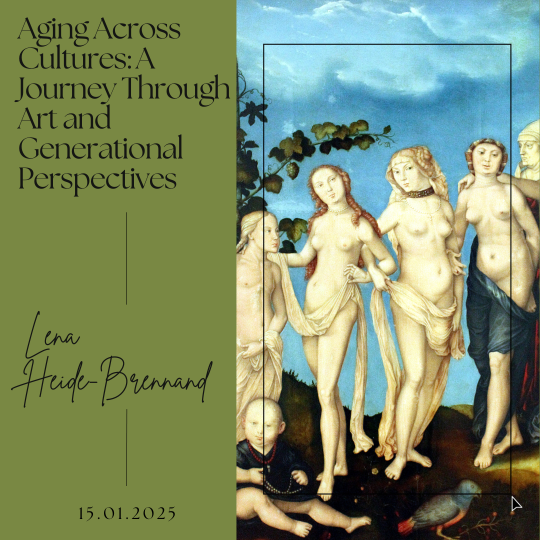
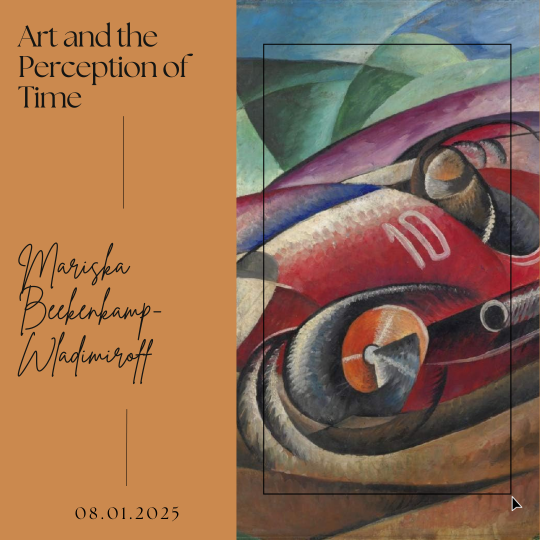
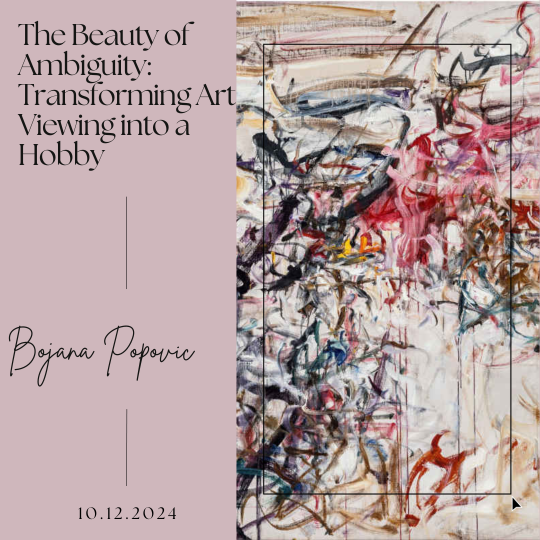

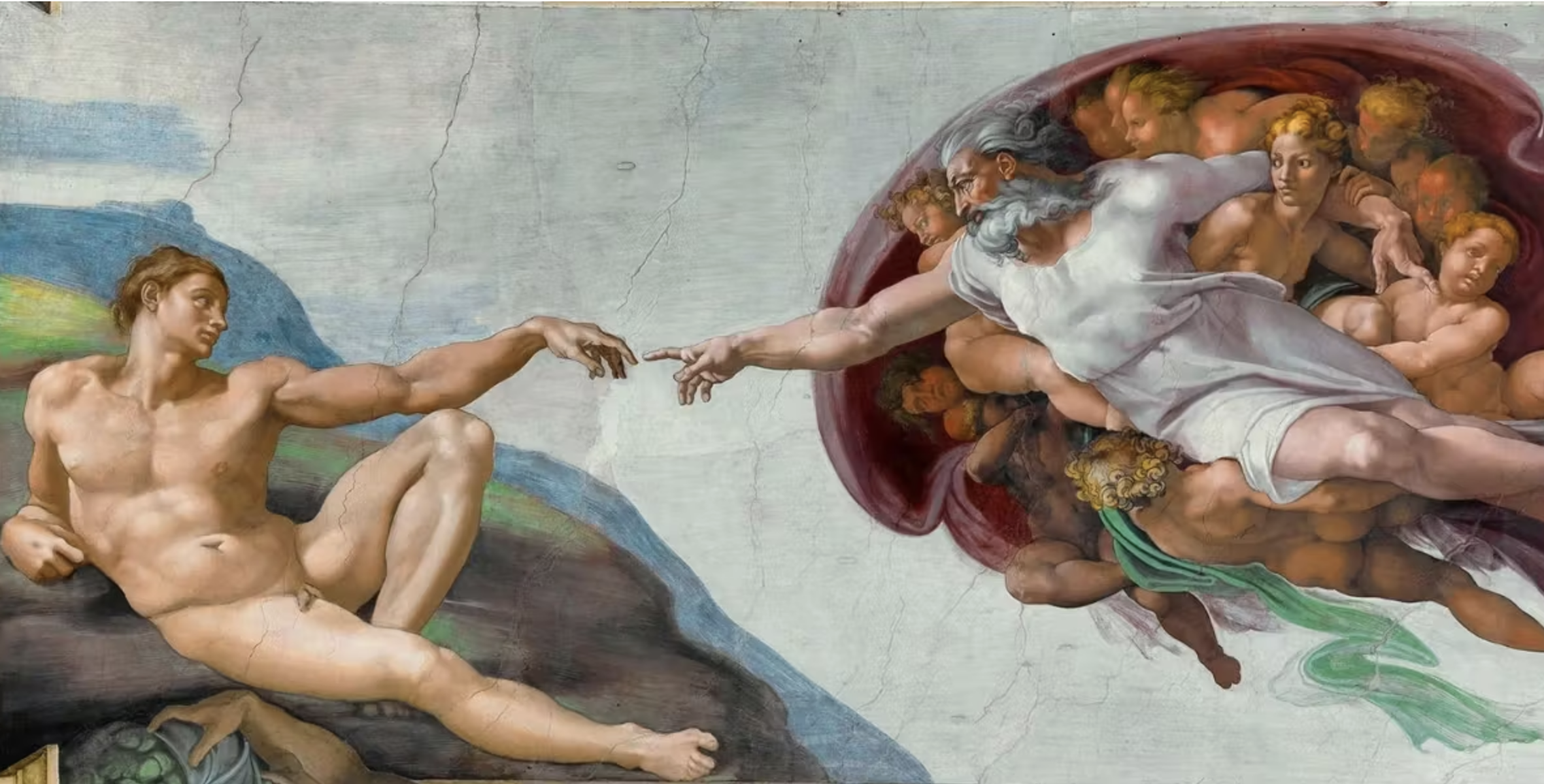
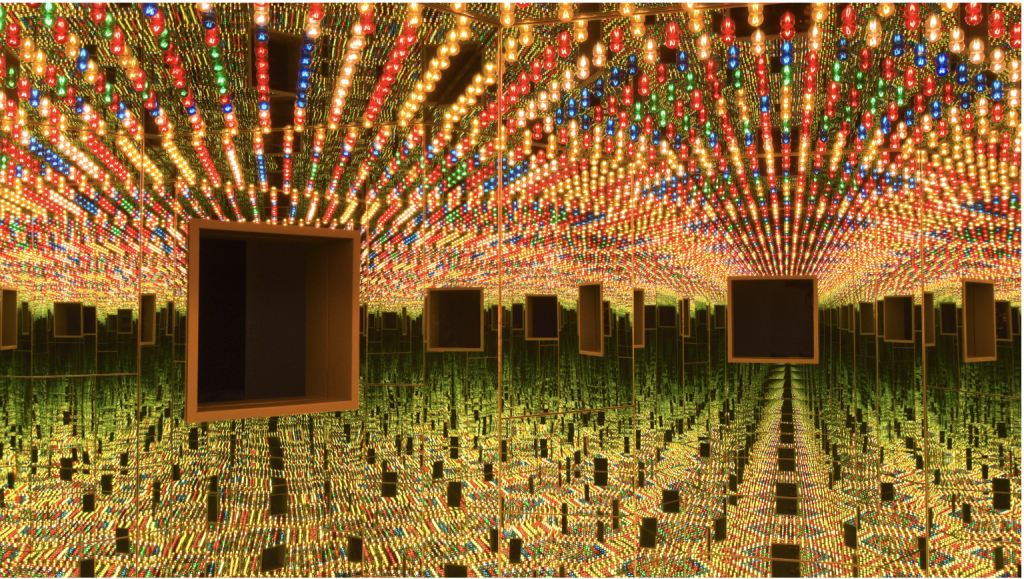
Leave a Reply